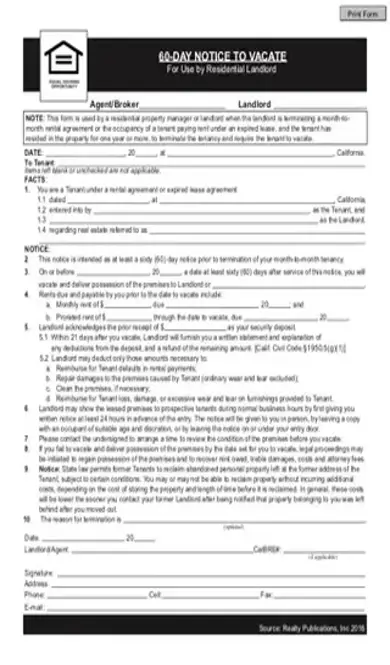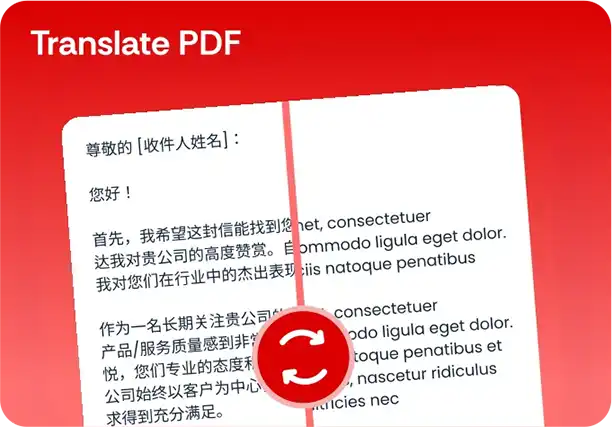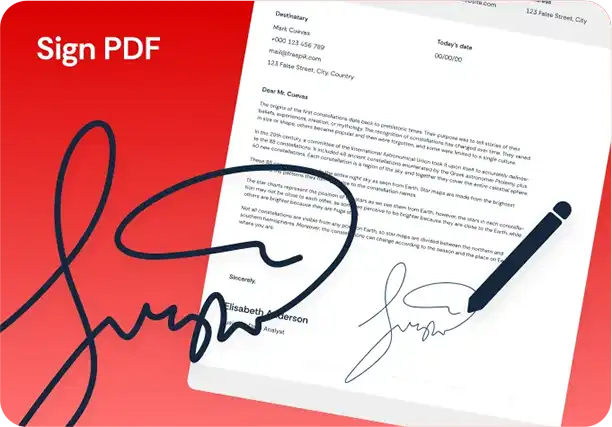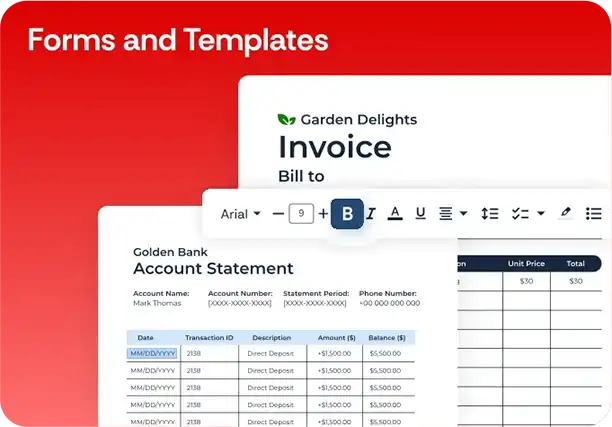60 day notice to vacate california PDF Template
Stop searching and find out why people love the ease of creating beautiful and legally compliant 60 day notice to vacate california PDF with PDFSimpli.

Stop searching and find out why people love the ease of creating beautiful and legally compliant 60 day notice to vacate california PDF with PDFSimpli.





[toc] Evicting a tenant can prove to be tricky — and very costly — if you don’t proceed the right way.
This is especially the case for a tenant who pays rent on time and otherwise abides by your lease. If you want to remove such a tenant and he or she doesn’t want to leave, you have to get a court order for eviction. Here, we explain the 60 day notice to vacate California form, which is your first step to getting these tenants evicted. You’ll learn when, why and how to use this form.
With the 60-day notice to vacate, you’re warning the tenant to go ahead and find different living arrangements. Specifically, you’re telling the tenant that the lease will end and that you will start a lawsuit to evict if the tenant stays after the end date. For the reasons we present below, California law says the date you pick must be at least 60 days after the date you sign and deliver the notice.
In addition, by using this form, you’re telling the tenant things such as:
*The amount of rent owed prior to the time the lease ends
*You will deliver to the tenant a statement of whether and why you’re keeping all or some of the security deposit. (You must give this statement within 21 days after the tenant leaves. The part of the deposit you’re not entitled to keep must go back to the tenant.)
You might show the rental unit to another possible tenant, but you must pick a time during normal business hours and give the tenant at least 24 hours’ advance notice of your showing.
Landlords in California must use the 60-day notice where:
*Your tenant has a month-to-month lease, or paid you rent under a lease that has expired by the terms of the agreement, and
*The tenant has resided in the property for one year or more
In a month-to-month lease, your tenant pays you to rent the apartment or home for a month at a time. To create such a lease, you can put the words month-to-month in your agreement or you otherwise don’t put a specific term of the lease and you take rent from the tenant monthly.
If you’re trying to remove a month-to-month tenant who has resided for less than a year, you only need to give the tenant 30 days to move.
Use this notice to vacate when you want or need to evict a tenant for a reason other than missing rent payments or violating the lease. This notice starts the process if you want to move in a family member, friend or yourself; you want to raise the rent, or you no longer want to be a landlord.
If your renter fails to pay rent or has breached the lease, such as by trashing or damaging the apartment, keeping an animal without permission or disturbing other tenants, you’ll need to give three days to catch up or correct the default before suing for eviction.
When you need to send the 60 day notice to vacate depends on when you want or need the tenant out.
By not using the 60-day notice to vacate, you have created a roadblock to eviction. You may also give the tenant more time to stay than you want or need.
Avoid self-help eviction, that is, removing or forcing the tenant to leave without giving the notice
getting an eviction order from the court. Acts such as shutting off power or water, changing locks, padlocking, removing the tenant’s belongings (unless the tenant has abandoned the rental) and removing outside doors or windows are considered self-help evictions. The consequences of this illegal behavior include:
*Having a later lawsuit for eviction tossed by the court
*Having to pay the tenant for losses, such as expenses for a hotel or other living arrangements, value of property taken and food spoiled because you cut off the power
*Criminal prosecution for removing the tenant’s property without his or her written permission or removing outside windows and doors
*Punitive damages if the court decides you maliciously and willfully engaged in self-help eviction
*Write in the Date space when you are delivering or putting the notice in the mail.
*Use for Tenant the same names as on your lease agreement.
*In the Facts part of the notice, include the date the lease or rental began, the tenant’s full name, your full name (or the landlord if you’re an agent), and the street address (including the number) of the rental unit.
*Choose a date at least 60 days after the date you wrote in the Date space on the form.
*For 4.a. on the form, include the full monthly rent due before the date the tenant is to vacate, and prorate the rent through the date to vacate for 4.b.
*Insert in 5 spot the amount of the security deposit you collected from the tenant.
*Deliver the notice to the tenant personally or by certified or registered mail. Do not send by regular mail. [pdf-embedder url=”https://cdn-prod-pdfsimpli-wpcontent.azureedge.net/pdfseoforms/pdf-20180219t134432z-001/pdf/60-day-notice-to-vacate-california.pdf”]
Generally, no. Giving a Reason for termination in paragraph 10 is your choice. However, rent-control cities and counties may limit the reasons you can ask a month-to-month tenant to go.
You must give 90 days notice and must have just cause,” such not paying rent or criminal activity or drug abuse in the rental.
Under Federal law, these residents get 90 days notice.